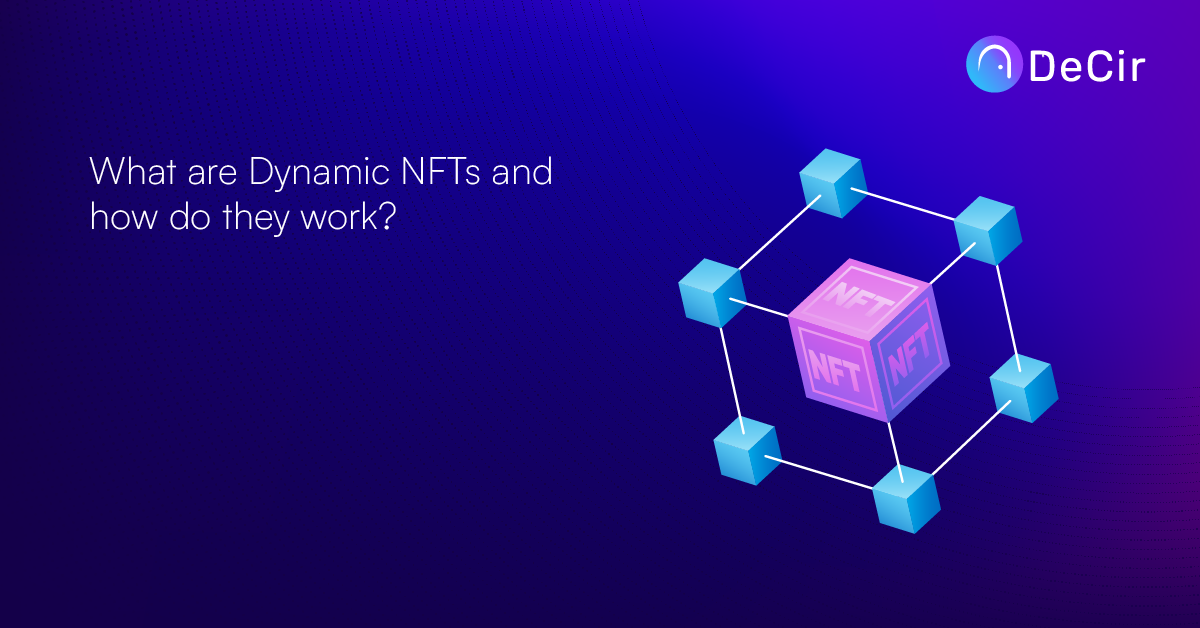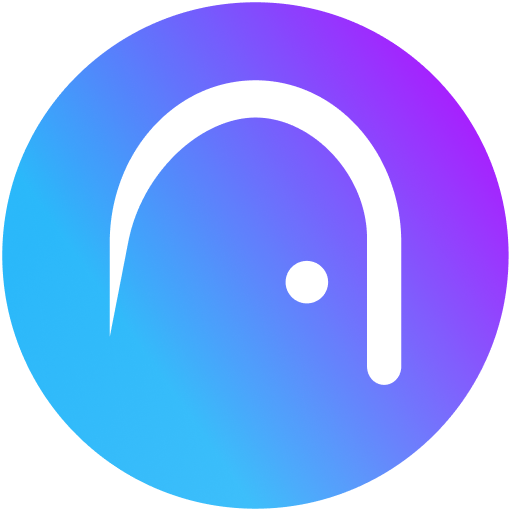For the majority of us, NFTs are static images that are used to permanently represent items of value on the blockchain. While this notion is true, dynamic NFTs are introducing a new NFT class. Dynamic NFTs can change based on the latest information. Thus, serving broader instances than currently known.
TL;DR
- Dynamic NFTs are NFTs that constantly change based on the latest information in the real world
- This class of NFT is fed by blockchain oracles that provide information to their metadata
- Dynamic NFTs could improve industries such as gaming and real estate.
Blockchain Oracles and Token Standards
Oracles and token standards play prominent roles in the making of dynamic NFTs. Token standards are the set guidelines that define the type of tokens that can be minted on the blockchain. The two most popular blockchain token standards are the ERC-20 and the ERC721 token standards.
The ERC-20 token standard is the regular token standard for all fungible tokens, while ERC-721 is the set token standard for non-fungible tokens. Dynamic NFTs are minted on a new token standard known as ERC-1155. The ERC-1155 standard is a combination of the previous two token standards. It makes it possible for an NFT to change information while maintaining its nonfungible status.
An oracle, on the other hand, serves as a duct for bringing real-life information into the blockchain. Oracle ensures that a decentralized application (dApp) has access to information such as live weather forecasts, the latest sports scores, and more.
Both oracles and the ERC-1155 token standards, therefore, serve as the underlining mechanisms that make a dynamic NFT function effectively.
Also read: How the real estate industry is adopting NFTs
What are Dynamic NFTs?
Dynamic NFT is a sub-category of NFT. This class of NFT is not static. Dynamic NFTs have metadata that is not fixed but constantly changes based on information that is coherent with real-world events.
This way, dynamic NFTs ensure that an NFT is not rendered useless due to outdated information. Dynamic NFTs could prove useful for industries where information needs constant updates.
Some Industries where Dynamic NFTs are useful
Gaming
Dynamic NFTs could prove to be valuable for blockchain gaming. They can be used to track and update the progress made by players with their in-game avatars. Dynamic NFTs can be used to track avatar and weapon level-up. They can also be used to track updates such as new structures, features, and attributes. Overall, dynamic NFTs can be used to keep track of in-game progress.
Real Estate
The prices of real estate properties are not cast in stone. More often than not, landed properties appreciate while physical structures could see their value reduce due to depreciation. Dynamic NFT could prove useful in this fast-paced industry. The value of a real estate property can be updated with information fed by the oracle.
Identity Management
Dynamic NFTs can be used to store individual personal data on the blockchain. It is a known fact that individual details such as age, resident address, work history, and certifications, change from time to time. Dynamic NFT could help track these changes without the need to completely overhaul existing user profiles. This could be valuable for governmental use such as national identification, among other things.
Also read: What is Generative NFT Art?
Bottom Line
Dynamic NFTs could be a game changer in the adoption of NFT globally. They have the capacity to revolutionize industries and even impact governmental processes in positive ways. DeCir’s NFT infrastructure supports projects looking to launch dynamic NFT collections. Get started today by launching your project on our app.


